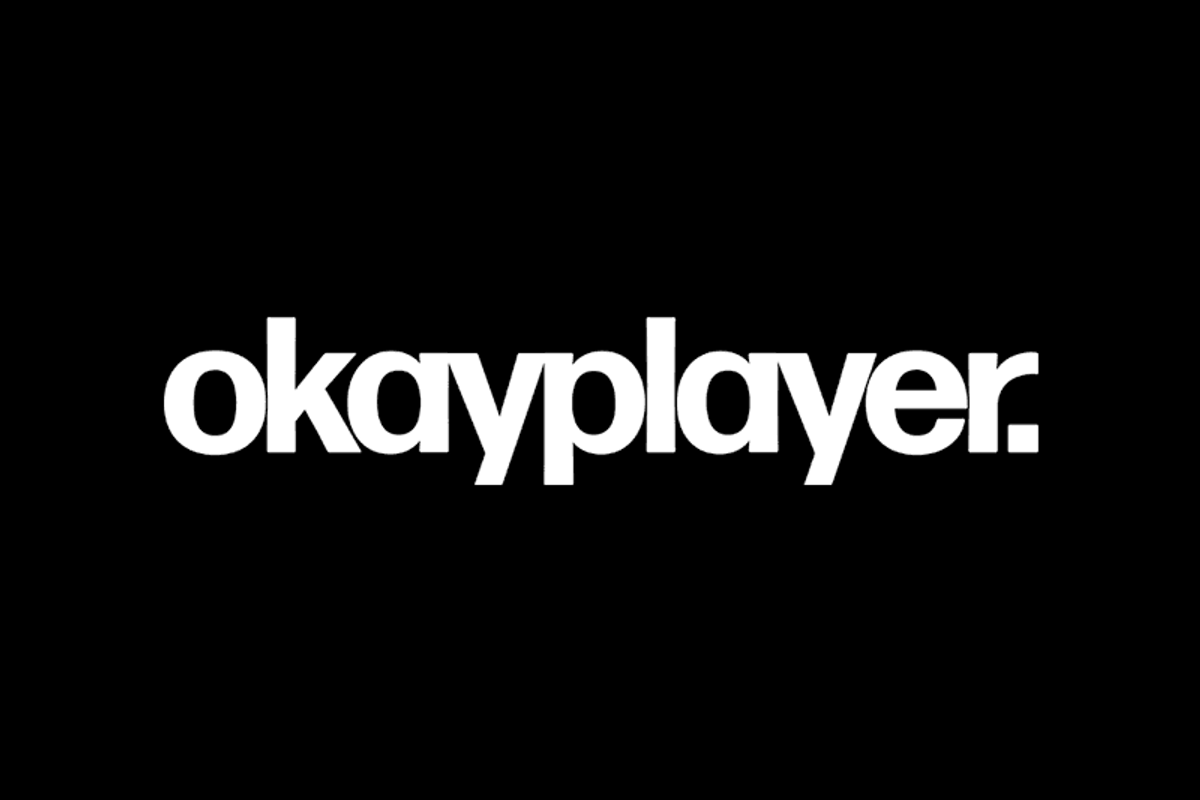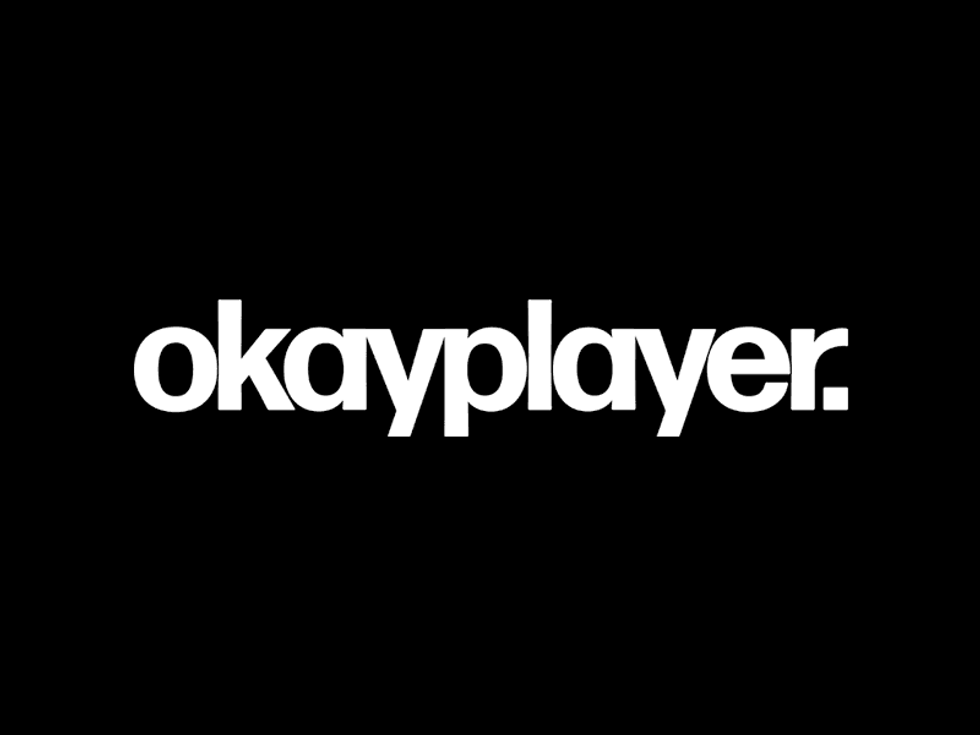
The Nike Air Max Is A Pivotal Part Of Culture
Photo of Nike Air Max 90 Infrared courtesy of Nike.
To continue reading
Create a free account or sign in to unlock more free articles.
By continuing, you agree to the Terms of Service and acknowledge our Privacy Policy
Register
The content is free, but you must be subscribed to Okayplayer to continue reading.
THANK YOU FOR SUBSCRIBING
Join our newsletter family to stay tapped into the latest in Hip Hop culture!
Login
To continue reading login to your account.
Forgot your password?
Please enter the email address you use for your account so we can send you a link to reset your password:


The Air Max 1 came onto the scene the same year as Public Enemy, LL Cool J and N.W.A. all dropped landmark albums — Yo! Bum Rush the Show, Bigger and Deffer and N.W.A. and the Posse. You had artistic provocateurs Keith Haring and Jean-Michel Basquiat at the height of their careers, busy creating artwork that gave us pause in galleries and in the streets of New York City.
Almost everyone has a favorite sneaker for various reasons, comfort, style, performance, nostalgia—mine is the Nike Air Max, for its versatility and aesthetic. The sneaker literally allows me to see what I’m stepping into, pure air. Air Max was first introduced in 1987 and 30 years later there are 10 different models, designs, patterns and colors. From the Air Max 1 to the Air Max 360, each one serves as an imprint of how we are evolving as a culture.
Hovering over the artistic landscape we had Ronald Reagan, a former actor serving as the 40th President of the United States. He was known for expanding the “war on drugs” and increasing incarceration. This was a period of pushing up against cultural norms from music to politics—in order to make room for a new era of innovation at a time of political disillusionment. Visible air gave the impression that anything is possible. The shoe itself was a nod to Nike’s slogan “Just Do It” with its gravity defying Nike Air Max design. Prior to the inception of the Nike Air Max, Nike only had nine sneaker designs available—the first was a track running shoe.
Tinker Hatfield set out to create a sneaker that gave runners the chance to see the very air they were defying with each stride. He came up with a sports trainer in art form, behold the Nike Air Max 0. His Nike colleague Marion Frank Rudy was responsible for the patent of the Nike “Air” sole technology that revolutionized the creation of Air Max sneakers.
Hatfield employed the “Air” technology in his first design, which ultimately ended up being too avant-garde for the general public to fully appreciate. However, he went back to his canvas and created the Nike Air Max 1. The skeleton of the Renzo Piano architecture in Paris inspired Hatfield.
Ultimately, the retooled design didn’t skew too far away from the brand’s classic staples like, The Air Jordan 1 developed in 1985. However, at the same time it fed the desire for something different from traditional waffle sole Nikes.
Nike began advertising the sneaker at a time when the internet was completely irrelevant. The company came up with a revolutionary campaign TV commercial set to the Beatles’ song “Revolution,” this was the first time a Beatles song played during a commercial. The electrifying advertisement encouraged consumers to do more than just wear the shoe, but to stand up for what they believe in and “do something.”

Three decades later and we’re still defying gravity in our Airs—and making just as much of a sociopolitical statement in them as we did in 1987. Nike will celebrate its fourth annual Air Max Day on March 26th. Each year sneaker heads look to the day as a Nike swoosh decorated holiday—where Nike releases a new Air Max design. This year, as a part of Nike’s “Vote Forward” campaign the brand tapped twelve influencers dubbed RevolutionAirs from all over the world to reimagine the future of the Nike Air Max design—each representing various industries.
From Russian designer and blogger Artemy Lebedev to Los Angeles based T-shirt connoisseur and street wear brand owner Kyle Ng, each of the twelve chosen designers are disruptive in their respective industries. Representing New York City is tastemaker and DJ Venus X.
Venus X is causing an underground riot with her DJ sets. The Harlem-bred, Dyckman-raised disruptor started the now famous warehouse party/record label GHE20G0TH1K back in 2011 and travels all over the world spreading good vibes with her DJ sets. While some artists find themselves trying to tune out and escape the political mayhem—Venus X isn’t lowering the volume on politics with her DJ sets. Instead, she’s noted for playing clips from the Al Jazeera news network and audio from riots.
Her Air Max design is a direct reflection of who she is, a politically reactive artist and DJ. Her design of the classic Air Max 97 has a color palette of yellow, orange and red—with an over-the-knee zip-away vinyl sock. Along the side it reads, DEFCON [Defensive Readiness Condition] 1, “which is the maximum level of readiness [for the United States Armed Forces],” Venus said in an interview with Billboard.” She continued, “with [Donald] Trump as president, and all he’s doing to put pressure on people, the country and the world, it was important for me to make something that was relative to what I think about every day. You can’t ignore something just because it is not happening to you.”
The continued evolution of the Air Max sneaker is a powerful visual representation of what innovation looks like as we continue to buck boundaries and evolve as a culture. The future is looking bright and I’m still looking for a pair of Air Max 97s to add to my own collection.
Priscilla Ward is a celebrated writer whose work has been featured on Essence, Salon and is also the creator of #BLCKNLIT. You can find her tweeting about bell hooks, sandwiches and art shows @MacaroniFRO.